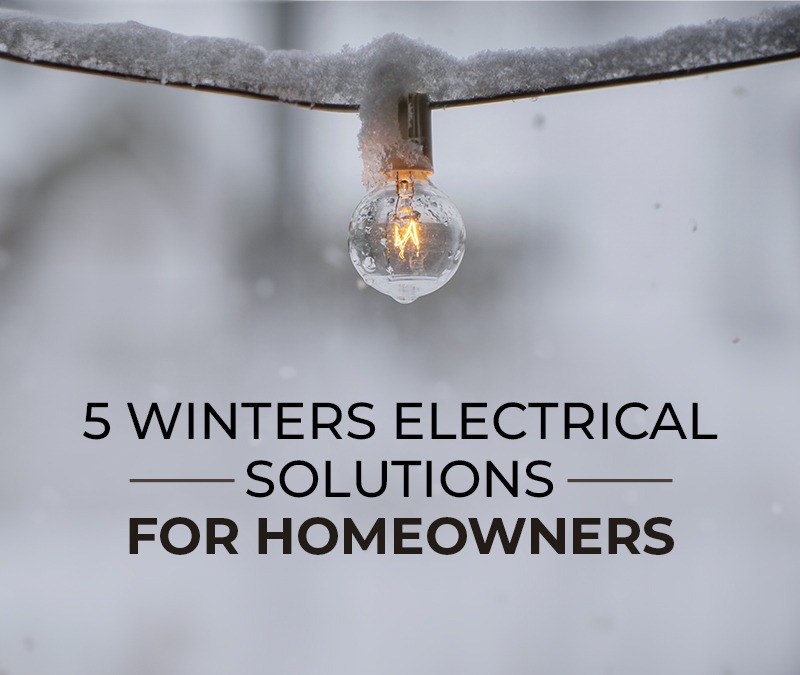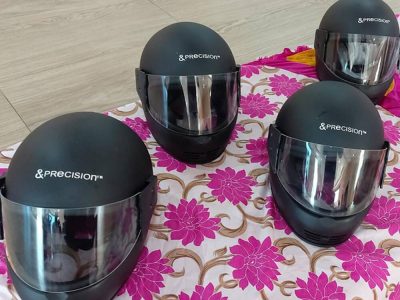
4 Safety Tips to Manage the Distribution Boards in Your Building
May 30, 2022
5 Common Circuit Breakers Issues You Should Know About
June 29, 20225 Tips for Electrical Safety in the Indian Monsoons
As rain returns to the country, so does the call for safety precautions in the home.
More than the water-logging on the streets and roads outside, people need to stay alert to the various issues the water can bring to the circuitry on the walls, ceilings, and floors.
In this post, we outline 5 tips homeowners and property developers should mind as they function through the heavy Indian monsoons.
Install RCCBs Wherever You Can to Save Lives:
To prevent electrocution from wet electrical outlets, have your building’s Earth Leakage Circuit Breaker (ELCBs) replaced with Residual Current Circuit Breakers (RCCBs). RCCBs outperform ELCBs in terms of cutting off electrical power that is accidentally transmitted through a human who mistakenly touches the live outlet. In the long run, this will save lives.
Consult Electricians About Surge Suppressors
Surges are common during storms, as lightning strikes increase the current input on your circuits to a degree that is dangerous to life and property. Surge suppressors, such as gas tube discharge tubes, metal oxide varistors, and transient voltage suppressors, are examples of electrical accessories that your electrician may be able to install for your building’s circuits.
Unplug Electronic Devices during Storms
In case you do not have ample surge protection, you can do the sensible thing by unplugging most of the expensive electronic devices you have. Using plugged-in appliances during a lightning storm is dangerous because they are connected to an earthing line, and a lightning discharge could strike the building or the ground around it. Electrical current could thus be carried through the building’s wiring to the appliance, and then to the user.
Take Extra Care About Outlets Near Windows & Semi-Open Areas
During heavy rains, it is customary to close all doors and windows. Even if you do not adhere to this rule, you must ensure that your electrical fittings are not located near these openings. Raindrops may enter your home through this point and wet the plug points, making them vulnerable. So, whenever possible, close windows and balcony doors near electrical outlets.
To prevent this problem beforehand, do not install outlets under a window or in a semi-open area such as a balcony. Use extension cords to power your needs on the balcony.
Prevent Water Seepage With Expert Grouting and Waterproofing
Try your best to avoid dampness or seepage issues in your home, particularly in areas with electrical outlets such as electrical systems and switches. Water seeps through cracks and fissures in the exterior and interior walls, affecting your internal electrical circuitry. This can be fixed from the outside by applying a waterproofing coat. Pack cement and sand into cracks and gaps in the wall; install the bituminous damp proof course in the exterior wall if groundwater seeps upwards. Grouting should be sufficiently workable for the floor.
For more information on how to safeguard your electrical accessories and outlets during the monsoons, browse through our blog on 7 Do’s and 7 Don’ts for an Electrically Safe Monsoon. Precision Electricals, as a supplier and distributor of electrical products, has several consultants who can recommend good deals on circuit protection devices like RCCBs, MCBs, and isolators.



































































